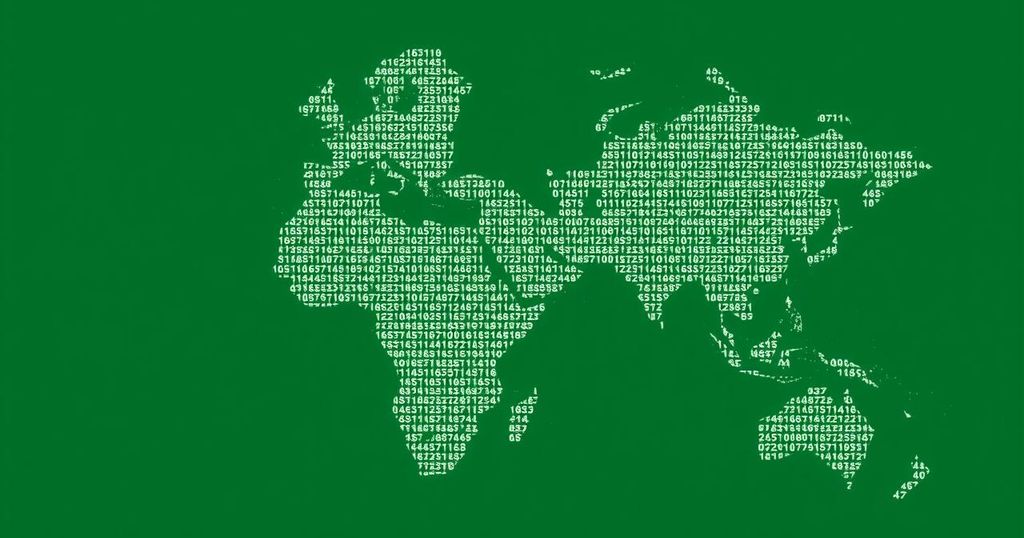Namibia Prepares for Critical Election Amid Rising Discontent

Namibia’s upcoming elections represent a potential turning point as the ruling SWAPO party faces significant challenges from a youthful and disillusioned electorate. High unemployment and corruption have diminished its popularity. The election could lead to either the election of Namibia’s first female president or the rise of an opposing party, marking critical shifts in the nation’s political fabric.
On Wednesday, voters in Namibia will face a pivotal electoral battle, as they cast their ballots amid growing dissatisfaction with the ruling South West Africa People’s Organization (SWAPO). This party has maintained power since 1990, but issues such as high unemployment, governmental corruption, and inadequate housing have led to erosion of support. This year, various southern African liberation parties have suffered significant electoral defeats, raising questions about whether SWAPO can retain its dominance, particularly as a youthful electorate becomes increasingly disenchanted with historical narratives of liberation.
The youth voting bloc, which constitutes over 40% of the registered voters in Namibia, may bring a new dynamic to the polls. Although SWAPO has attempted to attract these voters through popular cultural events and strategizing candidate representation, analysts note that young individuals often have lower voter turnout rates. Economic hardships are more pressing than nostalgic sentiments, as many citizens express disappointment with the lack of tangible improvements in their lives since independence.
The electoral contest is shaping up as a two-horse race between SWAPO’s candidate, Netumbo Nandi-Ndaitwah, and opposition leader Panduleni Itula, previously a SWAPO member. The presence of multiple opposition candidates could prove beneficial for SWAPO by fragmenting the vote, yet the outcome remains uncertain as the electorate grapples with serious socio-economic challenges amidst a changing political landscape. The prognosis for SWAPO’s continued rule hinges not only on voter turnout but also on the party’s ability to address the pressing issues affecting younger voters.
In conclusion, the upcoming elections in Namibia represent a critical juncture that could redefine the political landscape of the country. Irrespective of the outcome, it marks a significant moment as Namibia could either see its first female president or witness a transition of power to an opposition party. This electoral contest not only reflects the will of the Namibian people but also encapsulates broader trends within southern Africa’s evolving political sphere, where liberation movements are being challenged in unprecedented ways.
The Namibian electoral landscape is currently shaped by socio-economic struggles, especially among the youth. High unemployment rates, land ownership issues, and government corruption have rendered the ruling SWAPO party increasingly unpopular. This election is set against a backdrop of diminishing support for long-standing liberation parties across southern Africa, a trend that raises questions about their future viability. Additionally, the youthful demographic trends suggest a pivotal shift in voter priorities, potentially altering the political dynamics in Namibia.
The electoral outcome in Namibia will signify critical changes in political governance and citizen engagement. With a significant portion of the electorate being young, their participation could reshape the future of the ruling SWAPO party, which has faced persistent challenges regarding employment and social equity. The decision to elect a female leader or continue with established governance will undoubtedly echo throughout southern Africa, highlighting the region’s evolving political context.
Original Source: www.nytimes.com







